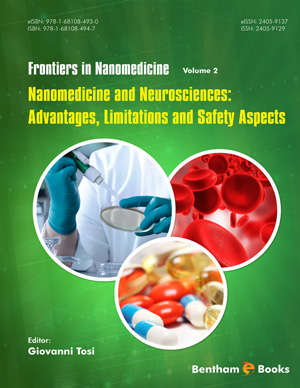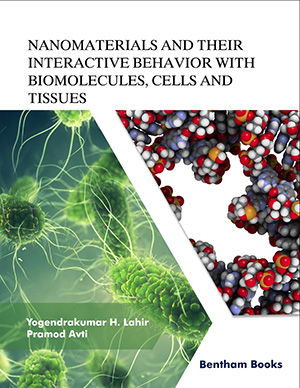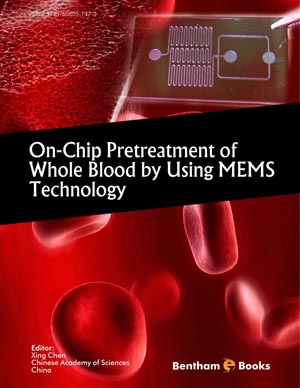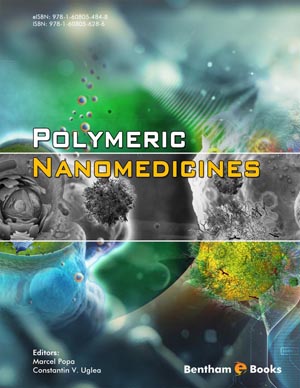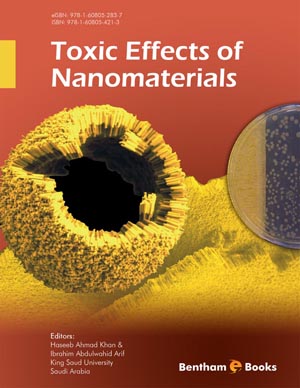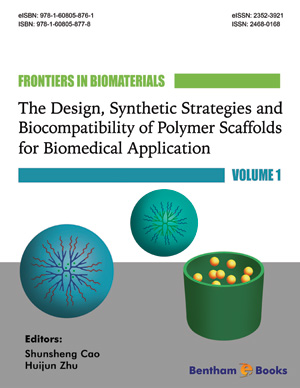Abstract
The development of nanomaterials (NMs) for applications in biomedicine inclusive of drug delivery as well as medical imaging is currently undergoing an enormous expansion. NMs may have many different forms and characteristics, depending on their size, chemical composition, manufacturing method, and surface modification. The use of NMs in the field of neurodegenerative diseases diagnosis and treatment implies the ability of NMs to cross the blood-brain barrier (BBB) and enter the central nervous system (CNS) in dependence on their physico-chemical properties, composition, and functionalization. The same properties that make the NMs beneficial for their applications may also affect their interactions with biological systems and have unintended consequences on human health. Several in vivo and in vitro studies have demonstrated that intentional exposure to NMs with potential use for diagnostic and therapeutic purposes might induce neurotoxic effects resulting in neurodegeneration in different CNS regions. Recent evidence has indicated that neuroendocrine disrupting effects by the action of NMs in dopaminergic, serotoninergic, and gonadotropic systems might be relevant to neuropathogenesis and neurodegeneration. In line with developmental origin of adult diseases, it is forewarning the evidence that pre- and post-natal exposure to different risk factors including NMs may lead to phenotypic heterogeneity and susceptibility to neurodegenerative diseases in later stages of the life. In the light of the above mentioned events, relevant test models are required to assess: i) the role of NMs in the development and progression of neurodegenerative disease; ii) the effects of NMs on neurodevelopment upon in utero exposure of foetuses or neonatal exposure of pups; or iii) the neuroendocrine disrupting effects during critical period being crucial for the development of neurodegenerative diseases. Early identification of potential negative features of NMs using interdisciplinary research approaches (biological, toxicological, clinical, engineering) could minimize the risk of newly designed/developed nanomedicines.
Keywords: Endocrine disruption, Gonadotropins, Nanosafety, Nanomedicine, Nanotoxicology, Nanoparticles, Neuroendocrinology, Neurodegeneration.


